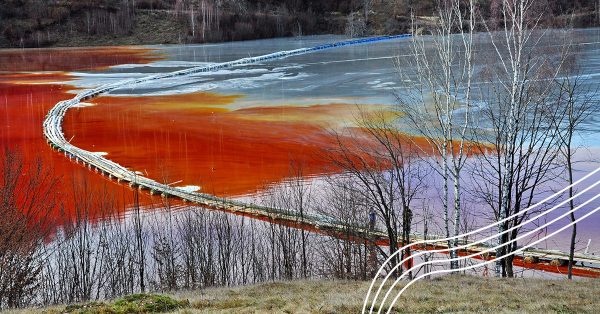Some of the world’s richest gold reserves lie in some of the world’s poorest countries.
So while responsible mining companies carry out legitimate operations, under the watchful eye of governments and regulators, illegal gold mining also flourishes under the fist of organised crime gangs.
Illegal gold mining is a big problem in Sub-Saharan Africa and Latin America, but also prevalent in South-East Asian nations including Indonesia (West Sumatra) and Myanmar.
In Latin America, huge swathes of the Amazon are being decimated by illegal gold mining in Columbia, Bolivia, Ecuador, Guyana, Peru, Venezuela and Brazil. In just one region of Peru alone, it is estimated almost 10,000 hectares of pristine Amazonian rainforest has been lost because of gold mining, while garimpeiros (as the illegal miners are known) were responsible for the loss of 10,500 hectares of Brazilian forest in 2019.
Aside from deforestation and the changing of watercourses through the dredging of rivers to access the gold, the illegal mining is also causing highly toxic damage through the use of mercury – with unhealthy amounts of mercury found in fish, which the locals rely on as a food source, resulting in the presence of mercury in human hair and blood.
Much of the illegal gold mining is carried out by impoverished individuals struggling to make a living, while organised crime also has a strong grip on activities. As there is a lack of traceability within the gold supply chain, it is possible to launder illegally extracted gold and pass it off as legal gold – making it attractive for underworld operators. According to USAID, illegal gold mining is linked to social conflicts and violence including forced labour and sex trafficking.
In South Africa, illegal gold mining is frequently spearheaded by globally connected criminal syndicates. Zama zamas, as illegal miners are known, are often heavily armed, have explosives and, when trespassing on operating mines, set ambushes and booby traps for employees, security personnel and rival groups of illegal miners.
The toxic gold mining practices of the illegal miners are causing ecological destruction while social and economic upheaval is being wrought by the criminal gangs controlling much of the illegal activity. The locations of such activities may be concentrated, but the impact is wide-ranging.
Controlling illegal gold mining activities will enable the industry to concentrate on moving towards more sustainable gold mining, including the use of advanced technology such as Clean Mining’s (part of Clean Earth Technologies) cyanide and mercury-free process.



